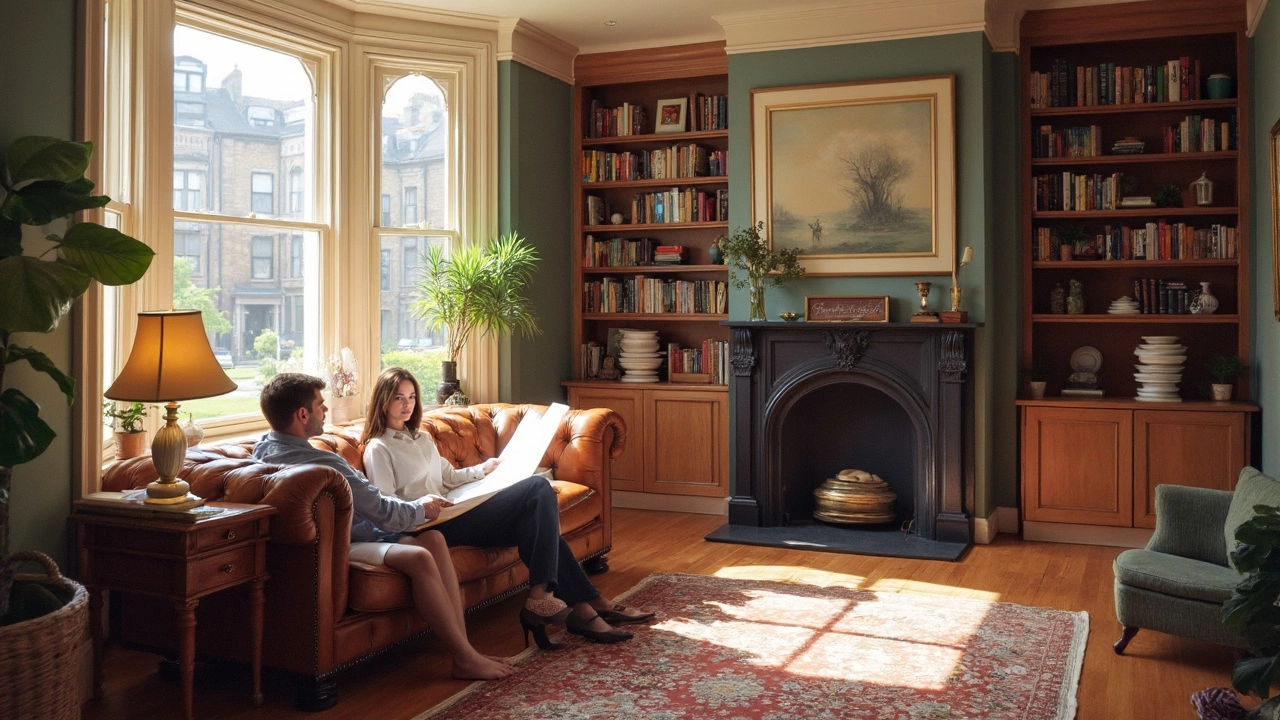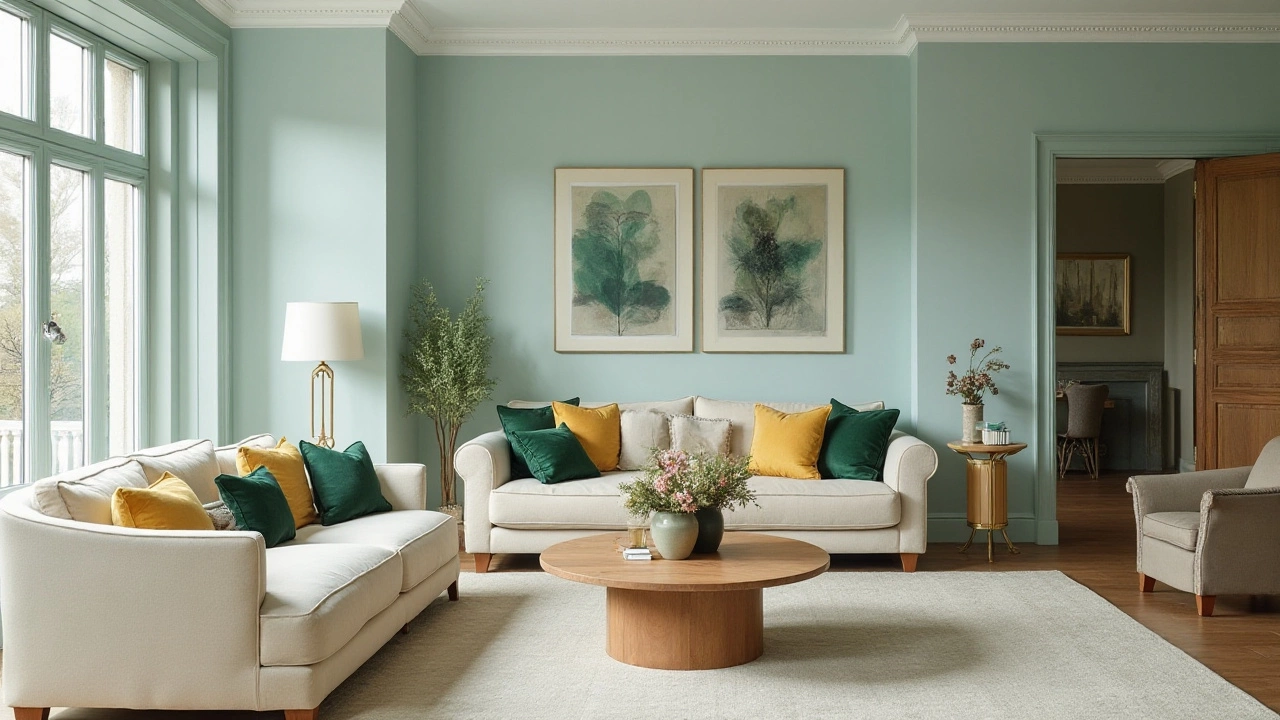How the Right Furniture Raises Your Home Value
Ever walked into a show home and felt the space instantly click? Chances are the furniture played a huge part. Not only does good furniture make a room look finished, it can also push your property price up when you decide to sell. Below, we’ll break down why furniture matters and give you clear steps to pick pieces that pay off.
Why Furniture Matters for Home Value
Buyers judge a house by what they see first – the living room, the kitchen island, the bedroom setup. If those rooms feel cohesive and high‑quality, they picture themselves living there and are willing to pay more. A solid hardwood coffee table, a well‑crafted sofa, or a custom bookshelf can act like a visual cue that the home was taken care of.
Durability plays a big role, too. A sofa with a hardwood frame and high‑density foam is less likely to sag, so a potential buyer sees less risk of future repairs. That perception translates into a higher offer. Plus, sustainable pieces – like reclaimed wood or responsibly sourced leather – appeal to eco‑conscious buyers who often have deeper pockets.
Tips to Choose Value‑Adding Pieces
1. Stick to timeless styles. Classic lines such as a clean‑edge sofa or a simple rectangular dining table never go out of fashion. They blend with many décor choices, making the home feel flexible for any buyer.
2. Focus on quality materials. Hardwood, solid metal, and genuine leather outlast particle board and faux leather. Even if the price tag is higher, the long‑term return shows up in the resale value.
3. Keep it neutral. Soft greys, beiges, and warm woods let potential owners imagine their own décor on top of yours. Bold colours can be fun, but they may limit the audience.
4. Choose pieces with dual purpose. A storage ottoman, a bed with built‑in drawers, or a coffee table with shelves adds function without clutter. Buyers love extra storage that looks stylish.
5. Invest in a statement piece sparingly. A handcrafted rustic sideboard or a unique pendant light can become a focal point, but don’t overdo it. One standout item keeps the space interesting without overwhelming the look.
When you’re shopping, ask yourself: "Will this piece still look good in five years?" If the answer is yes, it likely adds value. Also, keep receipts and care instructions – they reassure buyers that the item has been maintained.
Finally, think about the flow of the home. Arrange furniture so each room feels spacious and balanced. A well‑placed sofa that doesn’t block natural light can make a modest living room feel larger, which is a direct boost to perceived value.
Bottom line: smart furniture choices are an investment in your home’s market appeal. By picking timeless, high‑quality, and functional pieces, you’re not just decorating – you’re setting the stage for a higher selling price.
Built-In Bookcases: Do They Actually Add Home Value?
Thinking of adding built-in bookcases at home? This article digs into whether they really boost resale value, what buyers think, and why smart storage choices matter. We’ll talk design tips, real estate insights, and red flags to watch out for if you want true payoff. Get practical advice for making built-in bookcases look great and work hard in any home.
MoreThe Impact of Color on Home Value: Unveiling the Best Shades for Furniture Sales
Color plays a crucial role in enhancing the value of a home, especially when it comes to furniture sales. Some hues can create an inviting atmosphere that appeals to potential buyers, while others may detract from the overall appeal. By understanding the psychology of color and its influence on interior design, homeowners can make informed decisions that increase their property's worth. This article explores key colors that add value and offers practical tips for incorporating them effectively.
More

